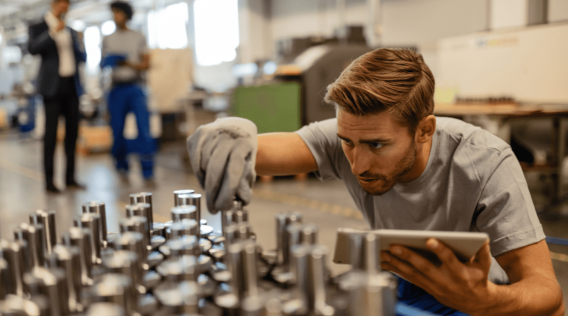Die casting is a manufacturing process used to create complex metal parts with high precision and efficiency. The process involves injecting molten metal into a mold cavity under high pressure, then cooling and ejecting the solidified part from the mold. The mold used in die casting is a critical component that determines the quality and consistency of the final product. In this article, we will discuss the steps involved in creating a die casting mold.
Step 1: Design the Mold
The first step in creating a die casting mold is to design it. This involves creating a 3D model of the part using computer-aided design (CAD) software. The mold design must take into account the shape, size, and complexity of the part, as well as the material from which it will be cast. The mold must also be designed to accommodate the injection system, which consists of the sprue, runner, and gate.
Step 2: Select the Material
Once the mold design is complete, the next step is to select the material from which the mold will be made. The most common materials used for die casting molds are tool steel, H13 steel, and aluminum. The material selected will depend on factors such as the number of parts to be produced, the complexity of the mold design, and the expected lifespan of the mold.

Step 3: Build the Mold
The mold is built using a combination of CNC machining and electrical discharge machining (EDM). CNC machining is used to create the basic shape of the mold, while EDM is used for the finer details, such as the texturing and engraving on the mold surface. The mold is typically built in multiple sections that can be assembled and disassembled for maintenance and repair.
Step 4: Test the Mold
Once the mold is built, it must be tested to ensure that it will produce parts to the required specifications. The testing process involves injecting molten metal into the mold and measuring the resulting parts for defects such as porosity, shrinkage, and warping. Any issues identified during testing must be addressed before the mold can be put into production.
Step 5: Maintenance and Repair
Die casting molds are subject to wear and tear over time, and must be maintained and repaired to ensure that they continue to produce high-quality parts. Maintenance includes regular cleaning and lubrication of the mold components, as well as inspections to identify any signs of wear or damage. Repairs may be required if the mold is damaged or worn beyond repair, or if the mold design needs to be modified to accommodate changes in the part design.
In conclusion, creating a die casting mold is a complex process that requires careful planning, design, and execution. A well-designed and properly maintained mold is essential for producing high-quality parts with consistency and efficiency. By following the steps outlined in this article, manufacturers can create molds that meet their specific needs and produce parts that meet the highest standards of quality and performance.
-

- Odlévané kolo z hořčíkové slitiny pro ebike
-

- Magnesium alloy die-casting Auto parts Front bumper Anti-collision beam
-

- díly a komponenty pro odpruženou vidlici pro MTB
-

- Magnesium alloy foundry parts bicycle wheel with CNC machining & surface finishing
-

- Hořčíkové tixomulační díly Kryt krytu notebooku B
-

- Integrované 3paprskové kolo pro MTB s CNC obráběním a povrchovou úpravou

 0086-750-5616188
0086-750-5616188 +86 13392089688
+86 13392089688 sales@zhongmei-tech.com
sales@zhongmei-tech.com







